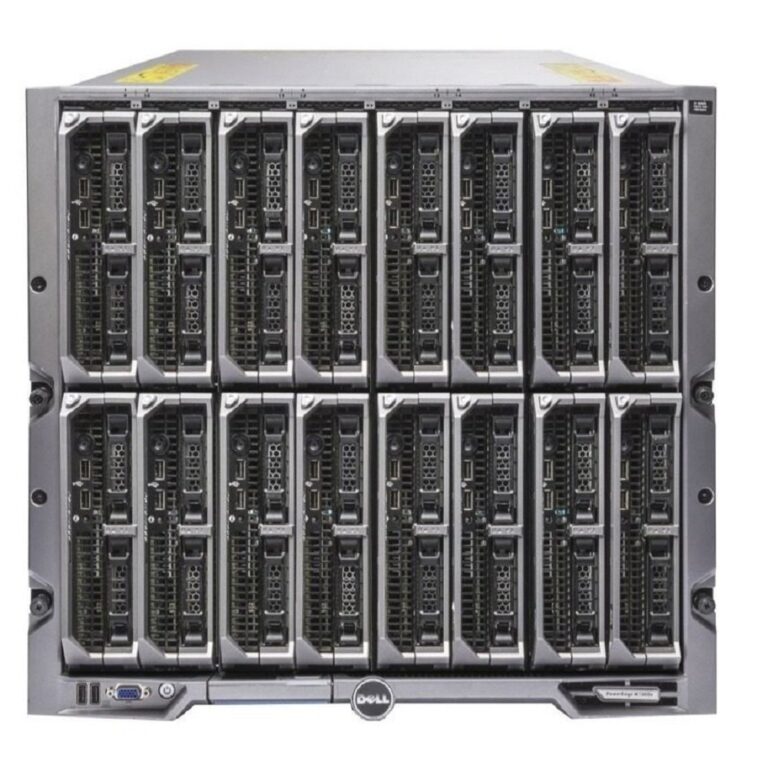Servers


About: Servers Network
What is a servers network?
A servers network is a group of two or more servers that are connected together to share resources and communicate with each other. Servers networks can be used for a variety of purposes, such as web hosting, file sharing, email hosting, and database hosting.
There are two main types of servers networks: local area networks (LANs) and wide area networks (WANs).
- LANs are typically used to connect servers within a single building or campus.
- WANs are used to connect servers over long distances, such as between different cities or countries.
Servers network components
Servers networks are typically made up of the following components:
- Servers: The servers in the network are the primary components. They are responsible for storing and processing data, as well as running applications.
- Switches and routers: Switches and routers connect the servers together and allow them to communicate with each other.
- Firewalls: Firewalls protect the network from unauthorized access.
- Intrusion detection systems: Intrusion detection systems monitor the network for suspicious activity.
Benefits of using a servers network
There are many benefits to using a servers network, including:
If one server goes down, the other servers in the network can continue to operate.
Servers networks can distribute workloads across multiple servers, which can improve performance and scalability.
Servers networks can be configured to share security resources, such as firewalls and intrusion detection systems.
Servers networks can help to reduce costs by sharing resources and eliminating the need for redundant hardware.
How servers networks work
When a user accesses a resource on a servers network, their request is routed to the appropriate server. The server then retrieves the resource and sends it back to the user. If the requested resource is not stored on the server that the user is connected to, the server will forward the request to another server in the network.
Servers networks are an essential part of the modern internet. They are used to power a wide range of applications, from websites and email servers to database servers and cloud computing platforms.

